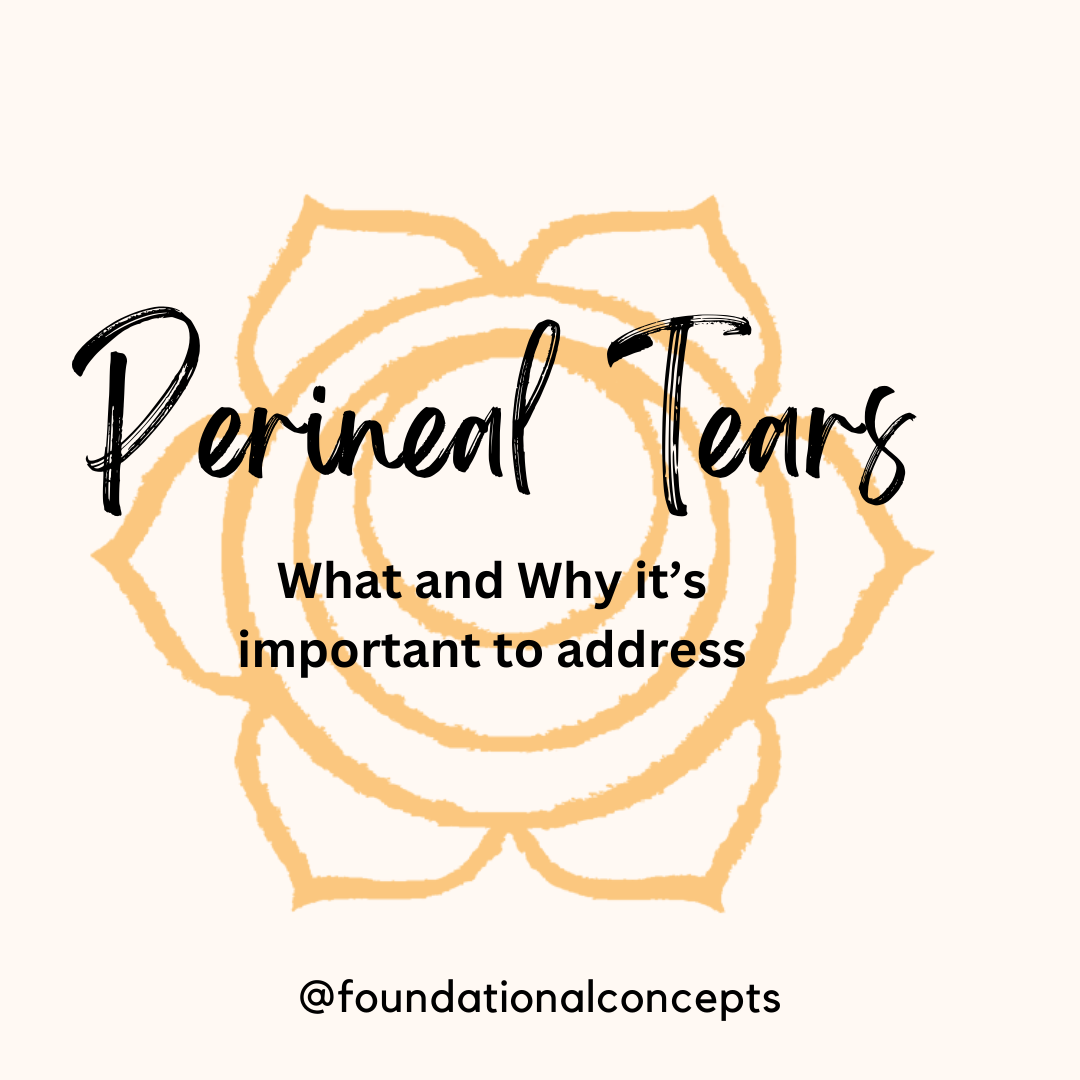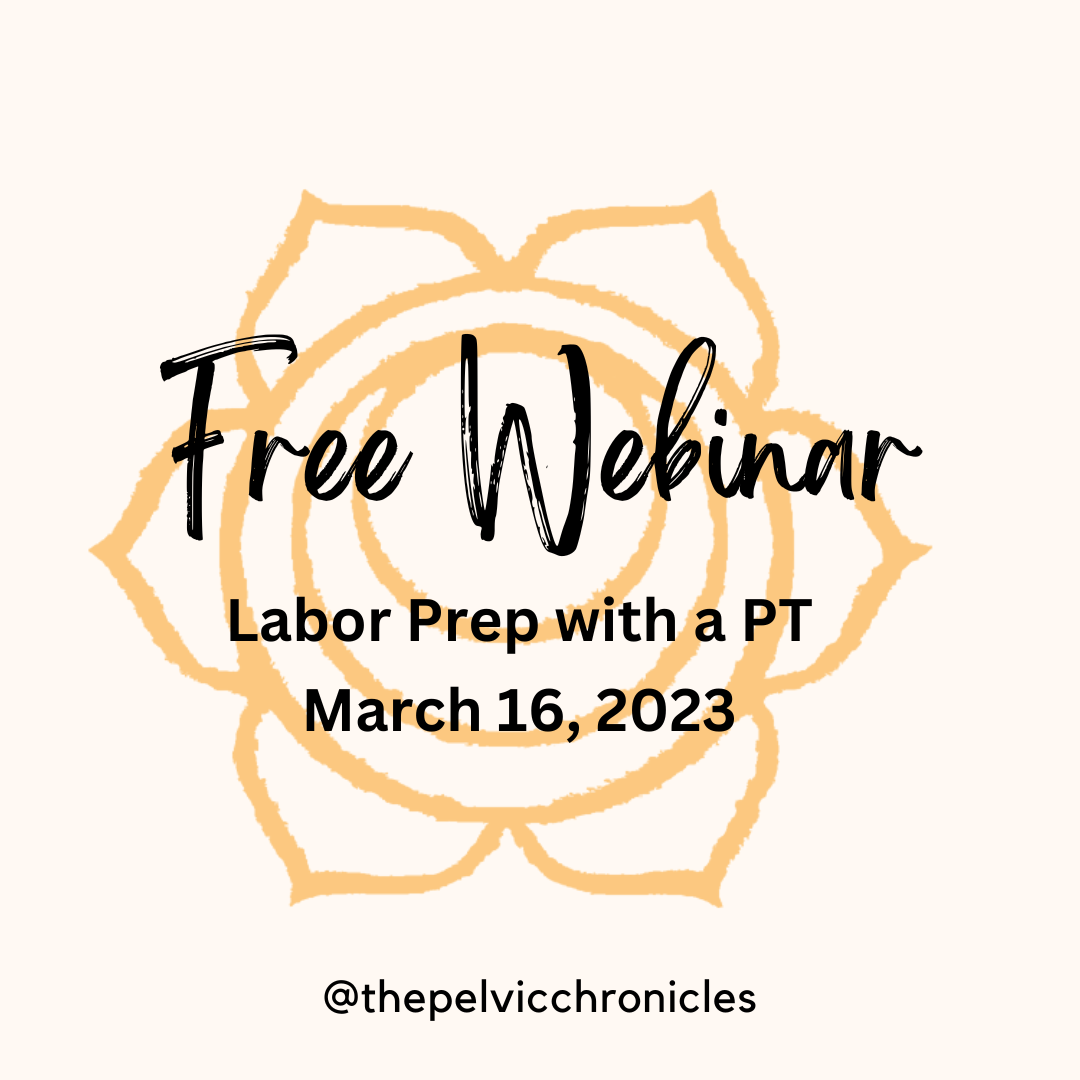Many women have vaginal dryness with menopause, when they are breastfeeding, or with long term…

Perineal Massage: Is it worth your time?
Preparing for baby comes in many different forms. Setting up the nursery. Buying baby supplies. Having a baby shower. But in all the preparation, we often miss the importance of preparing our bodies for delivery and recovery.
We have known that doing perineal stretching (the tissue between the rectum and the vagina) prior to delivery helps to decrease the risk of tearing during delivery. There is current research showing that not only does it help in the delivery but can improve recovery after delivery and improve baby’s Apgar scores, improving baby’s health as well!
Perineal mobilization improves the elasticity of the fascial tissue of the perineum and can also decrease burning and perineal pain during labor. From a preventative health point of view, decreasing perineal tears is important in decreasing the risk of prolapse, pain with intercourse, and bowel and bladder issues after delivery.
In a recent study, the researchers looked at doing perineal mobilization by a PT, doing self-perineal mobilization by the patient or the patient’s partner, and a control group. In both the group with perineal mobilization by a PT and self—mobilization, the perineal tear prevalence was about 30%. However, women who had seen a PT for perineal mobilization had decreased pain after delivery. It is important to note that not all the women who had pain after delivery had a perineal tear. The pain after delivery can also be related to changes in the pelvic floor muscles, tension on the nerves, and fascial stretching. Perineal mobilization, taught by a pelvic floor PT, decreased women’s risk of perineal tearing during delivery, and decreased pain after delivery independent of a perineal tear. However, perineal mobilization is better than no mobilization at all.
There were fewer episiotomies among the women who were treated by a PT prior to delivery to learn how to do self-perineal stretching. These women also were less likely to delivery in lithotomy (feet up in stirrups). Delivering in lithotomy position has a higher incidence of increased episiotomies.
Perineal mobilization, taught by a pelvic floor PT, decreased women’s risk of perineal tearing during delivery, and decreased pain after delivery independent of a perineal tear. However, perineal mobilization is better than no mobilization at all.
With the improved tissue mobility, the time during the second stage of delivery can decrease, allowing the baby to crown faster. Researchers have found decreased time during the second stage of labor can improve Apgar scores at 1 and 5 minutes which point to improved baby health.
Pelvic floor PT is an important piece of all the preparations before baby’s arrival. Learning how to do perineal mobilization is important for the delivery, but also for the health of mom and baby. We offer a free 15 minute consultation to answer any questions and make sure we are the right fit for our prenatal and post partum care.




